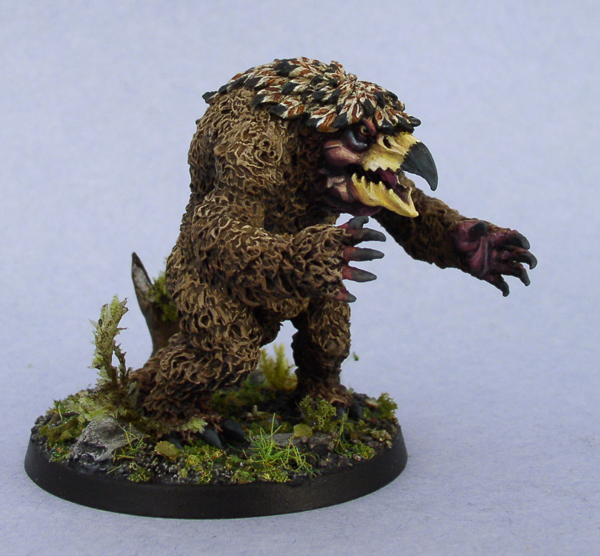- Shadows Over Camelot
- Risk: Godstorm
- Arkham High (a d20-ed FASERIP Homebrew Cthulhu-Buffy Mashup!)
- D&D 5th ed.
- Smallworld
Two of my awesome high school volunteers ran Shadows and Risk, while one of my most talented 8th graders continued her Arkham scenario. The young fellow who volunteered to manage the game of Smallworld assured me (twice) that he knew the rules and was ready and able to manage things.
So with that settled, I dug in with my D&D group. We completed character generation and we started an in-depth conversation about tactics. By looking back at recent battles with bandits, a nothic, an owlbear, and a mob of savage orcs we explored these concepts:
- Concentration of fire: how coordinating attacks can whittle down even the big nasties
- Tactical retreat & planning for the worst: why fleeing blindly into a dungeon is seldom healthy
- The benefits of armor: why the guys in steel armor should almost always be up front
About that time one of my Smallworld players wandered by and I excused myself to see what was going on ... hmm ... board off the table, little cardboard bits scattered randomly, players avoiding eye-contact ... this didn't look good.
Turns out that by "knew the rules" the young GM meant something more like "played the game before and liked it but have no actual idea of how it works". No big crisis there, it just meant pulling in with the guys and working through a few turns until they got the hang of the rules (which they did).
What was unsettling for me, however, was that Smallworld is a pretty straightforward little game (no more complex than basic Risk) and it comes with a lovely, concise, and clearly written instruction booklet. The players were also furnished with handy illustrated reference sheets to make things even easier. These were really bright, enthusiastic, and motivated players too ... so what was the problem?
Simply put -- reading.
Eight pages of brightly illustrated instructions were too much for their concept of what a game should be. This is a Minecraft generation -- in their experience, you learn to play by playing (attempting things in order to learn what is possible and what isn't) not by first internalizing fundamental concepts then playing.
This echoes the experience I had recently in my Adventure Games class. I hand-picked four or five of my most experienced gamers and worked on grooming them to run role-playing groups in the classroom. Knowing that a chunky manual simply wasn't going to fly, I distilled the basics of D&D 5th edition style play down to an illustrated 20-page pamphlet (about half of which was spell lists, Artificer device lists, and six character class templates). Faced by one page of reading for character generation (I ran this by my eight and ten-year-olds to make sure that I wasn't being too cryptic) ... exactly none of the students followed the (numbered) steps. The disconnect? They weren't willing to commit to the required reading.
This Minecraft, modern-gamer, "figure it out as we go" approach certainly has its merits, but I suspect that it bodes ill for the growth of traditional tabletop role-playing.


 Yeah ... ouch. Leather-clad archer going one-on-one in melee with this guy? Not so much. There was some running, a brief attempt to rally and a piece-meal counter-attack which largely involved taking the brute on individually (with predictable results). Eventually the spellcasters wore the creature down with ranged attacks and it retreated to the orc lair, but not before the orcs had plenty of time to scramble out of the gully and start mopping up the remaining party members.
Yeah ... ouch. Leather-clad archer going one-on-one in melee with this guy? Not so much. There was some running, a brief attempt to rally and a piece-meal counter-attack which largely involved taking the brute on individually (with predictable results). Eventually the spellcasters wore the creature down with ranged attacks and it retreated to the orc lair, but not before the orcs had plenty of time to scramble out of the gully and start mopping up the remaining party members. Maybe some discussion on force concentration, planning a route of retreat, using terrain to your advantage, or at least the value of putting your high armor class tanks up front (rather than leather-clad rogues and ranged fighters) will grant their next batch of characters a bit more longevity. On the plus-side, there weren't any friendly-fire casualties this time!
Maybe some discussion on force concentration, planning a route of retreat, using terrain to your advantage, or at least the value of putting your high armor class tanks up front (rather than leather-clad rogues and ranged fighters) will grant their next batch of characters a bit more longevity. On the plus-side, there weren't any friendly-fire casualties this time!




